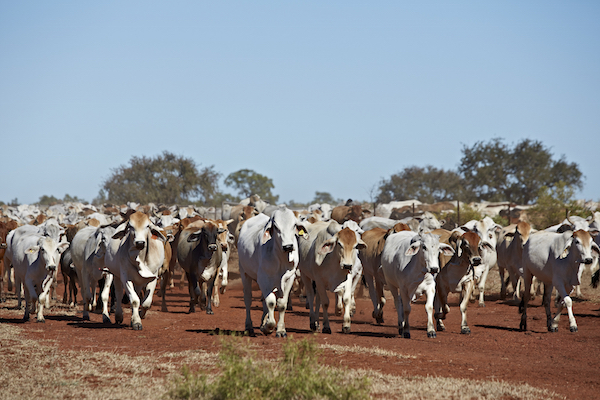The darkest hour
Host: Anna Plains Station
Written by Helen Campion – Owner/Manager, Anna Plains Station.
The darkest hour is before the dawn or so the saying goes. I am not sure whether the saying is actually true, but it is what nearly everyone in the northern cattle industry was hoping a few years ago.
It seemed like that just about everything that could go wrong for the industry had:
- The closure of the cattle trade by the Labor Government and it’s ongoing aftermath.
- The rapid escalation of input costs
- A 400% increase in State Government charges
- Persistently low cattle prices when you could sell cattle
While everyone was hoping it was the darkest hour, we had no real way of knowing whether it actually was. A few years on, it may be that the darkest hour is in fact behind us. Since then prices have recovered and demand for cattle and beef continues to grow. Markets for the Northern Australian industry are now more diverse with the long-awaited, much-hyped demand from the Asian middle class finally looking like it may start to bear fruit.
There remains drought conditions in many parts of Queensland and as we sit here in the build up to the wet season, you never know how well the season will turn out. Despite the vagaries of the weather, the other indicators for the industry are positive.
There has been a wave of investment in the industry over the last 12 months. This injection of capital will assist the industry to expand and capture the opportunities that arise. The commitment of the Federal Government to developing Northern Australia will also be important to the industry reaching its potential. The provision of infrastructure in areas such as roads, ports, and telecommunications will be critical for industry development.
Producers will no doubt continue to remain cautious about all the hype. The northern cattle industry being shut down overnight is a memory that will not fade any time soon. The industry in Western Australia still remains at the mercy of policy decisions of State and Local Governments. For example, in Western Australia we pay pastoral lease rents at a rate ten times than that of those in the Northern Territory. This means that in Western Australia, a pastoral station may pay $50,000 per annum to the State Government for grazing rights. In the Northern Territory, the same property would incur costs of only $5,000.
The down turn in the New Zealand dairy industry in 2015 illustrates what can happen when hype and reality get out of kilter. We all expect ups and downs in the agricultural sector – hopefully the downs don’t end up being terminal. An even better outcome would be that the increased demand in China and other Asian markets creates a steadily increasing demand over a number of years.
Ultimately there are millions of people located not too distant from us that want and need what we produce in Northern Australia. If trade in cattle, beef, and other agricultural products from the region can continue to flourish, all people in the region will be better off.



